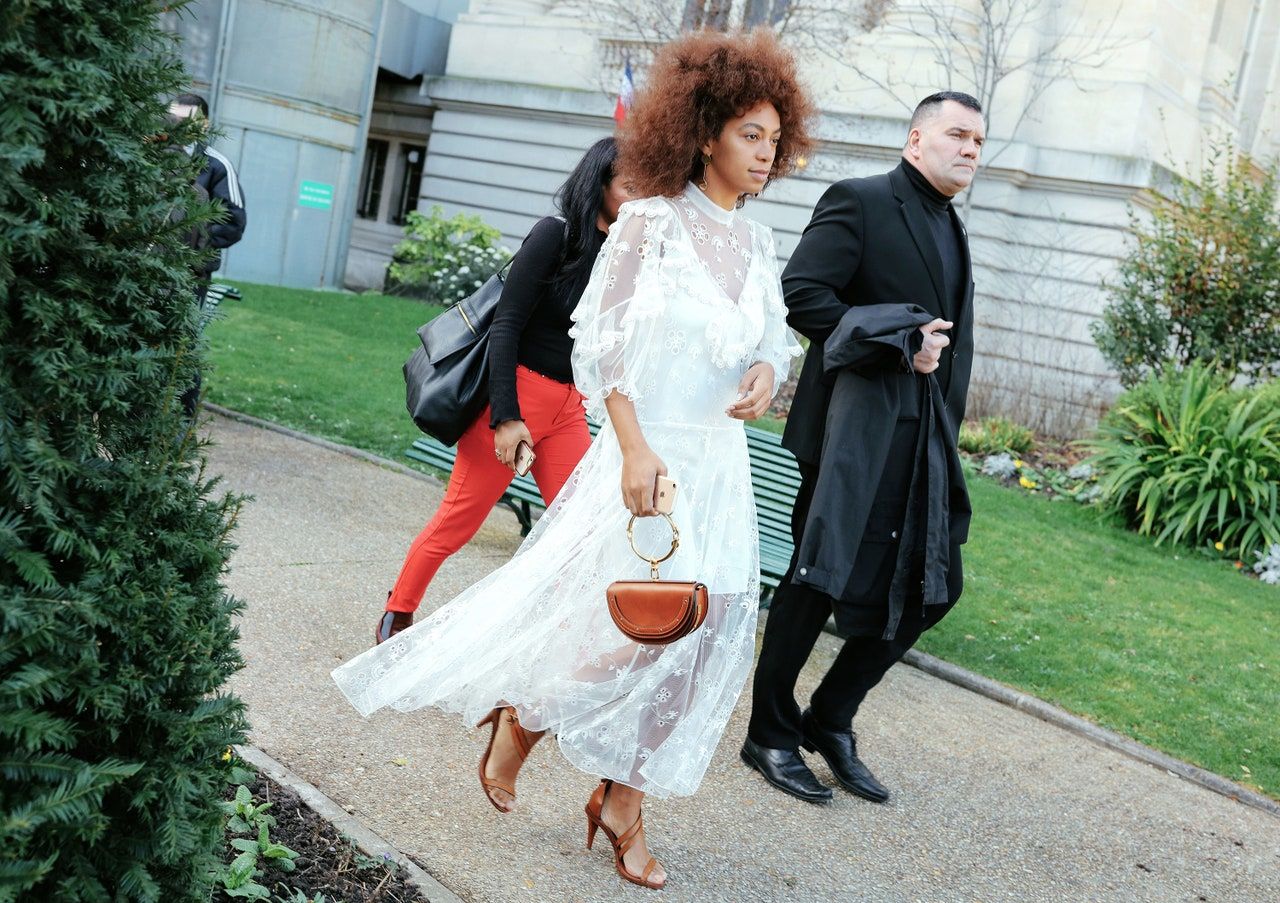Next year, Chloé, the fashion house founded by Gaby Aghion in 1952, will be 70 years young. Launched as a ready-to-wear brand at a time when the category was still emerging, Chloé has always been known for its Left Bank bohemianism. Aghion made a habit of presenting her collections at eateries, such as Café de Flore, where models walked among the tables, a move that was as down-to-earth as it was free-spirited.
Aghion invited many designers to interpret the brand’s ethos over the years, many of them women, but the creative director with the longest tenure was Karl Lagerfeld, who was at the house for 24 years, from 1964 to 1983, and again from 1992 to 1997. Lagerfeld’s Chloé was about softness and flou, and his unlined jersey dresses had the slinky, easy-on-easy-off appeal that characterized 1970s design. In 1997 the house was renovated from the ground up by Stella McCartney, who was then just out of school and became the youngest person at the helm. What Vogue referred to as her “neo-Chloé look” was sassier and more connected to the street than the label had been before. In 2001, the reins passed to Phoebe Philo, and it was under her stewardship that the house ventured into leather goods-and how! Philo dreamed up the brand’s first It bag, a soft leather number with a distinctive padlock, the first of many hits to follow.
The Paddington
One of the iconic It bags of the aughts, the Paddington, designed by Philo, was as rare as it was coveted. As Sarah Mower reported in a 2009 Vogue story, “Every one of the 8,000 made in spring 2005 was spoken for before it reached the stores.” And they didn’t come with a care note like the beloved Paddington bear, but a price tag of about $1,400.
Made of leather, the Paddington had the north/south orientation that was popular then, with softly rounded edges, giving it what has been described as “a luggage feel.” There were buckles on either end, and its crowning glory was a leather-wrapped padlock, the key for which was suspended from a narrow tie attached to the hardware holding one of the two top handles. Many women liked to carry the bag on their shoulder because the Paddington, worth its weight in gold, had heft. It also had clout; its scarcity made it an insider and celebrity favorite, which only fueled the fires of fans’ desire.
The Marcie
Hannah MacGibbon, creative director from 2008 to 2011, gave an equestrian twist to the easygoing hobo bag when she designed the Marcie in 2010. This model stands out for its curved, saddle-like front flap with topstitching details that lends itself to iteration. The house has played with different finishings and proportions, and the roundness of the mini Marnie faintly echoes the distinctive circular shape of the perfume bottle from the brand’s first fragrance, launched in 1975. On a more conceptual level, the hobo silhouette is suggestive of freedom and travel, which are core Chloé values. “I lived the life I wanted to,” Aghion once said. “I always wanted to remain independent, so I went for it. I had incredible strength and boldness.”
The Nile
If the Paddington was a celebrity It bag, the Nile is an influencer’s dream. This handbag was designed by Clare Waight Keller, who led the house from 2011 to 2017. The half-moon-shaped bag features a large round bangle. There’s a strap too, so it can be worn as a wristlet or cross-body. In its jewelry-like aspect, it nods to one of Philo’s early ringed-bracelet bags (inspired by a vintage piece), but its streamlined structure works well with the ever-popular minimalist mode.
The Sheltersuit & Chloé Backpack
Gabriela Hearst came to Chloé at the close of 2020 determined to combine luxury with consciousness. Passionate about sustainability, for fall 2021 she partnered with Sheltersuit, an organization helping the homeless. One of the results of this collaboration is a stylish backpack made of upcycled printed canvas and leather that features the Chloé logo as well as Shetlersuit’s inspiring motto: “People helping people.”













